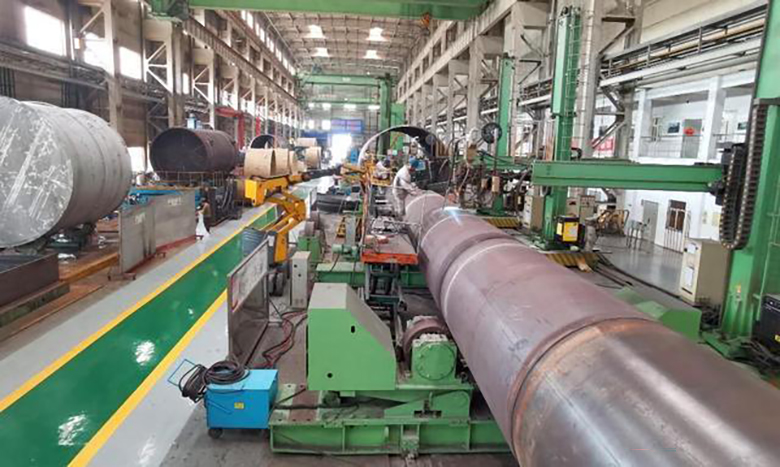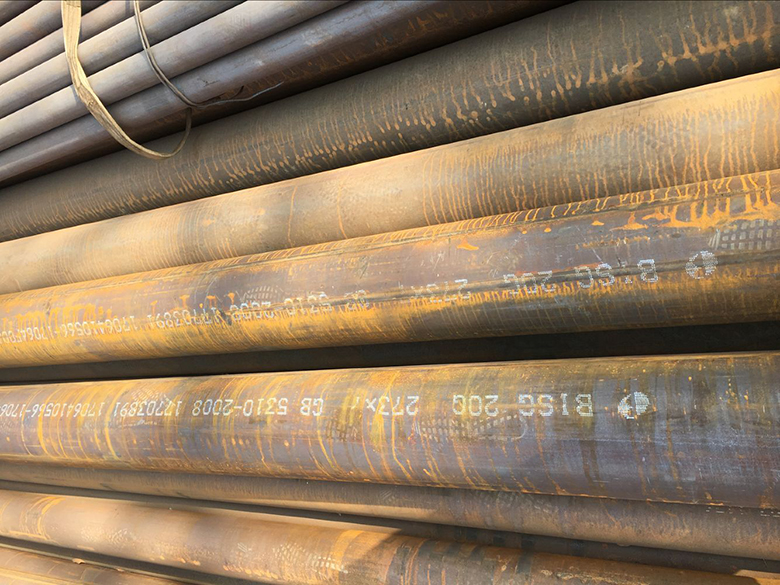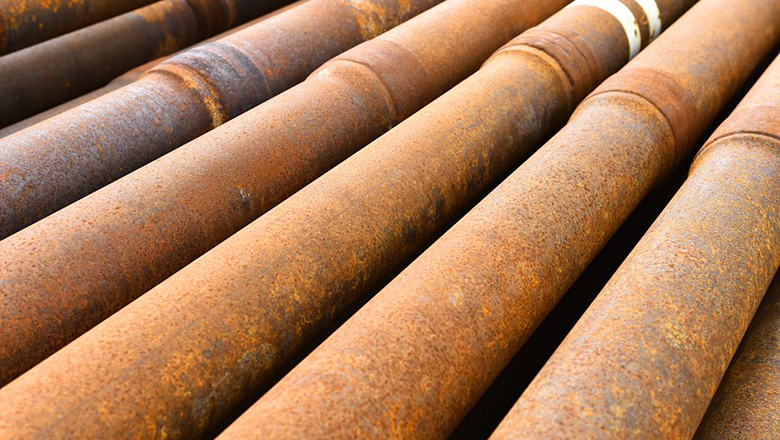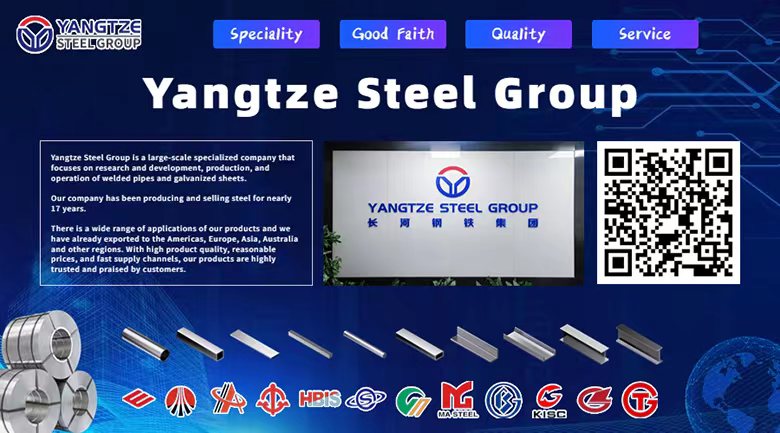High-pressure boiler tube VS ordinary boiler tube
Boiler tube is a seamless tube, and the manufacturing method is the same as that of seamless tube, but there are strict requirements on the steel type used to manufacture steel tube. According to the use temperature, it can be divided into general boiler tube and high-pressure boiler tube.

Difference between materials and manufacturing:
1. High-pressure boiler tube:
Material: High-strength and corrosion-resistant steel, such as stainless steel, is used to meet the working requirements under high temperature and high pressure environment.
Manufacturing: The manufacturing process is complicated, including smelting, rolling, perforation, cold drawing, straightening, heat treatment and other processes to ensure that the mechanical properties and corrosion resistance of the tube are optimal.

2. Ordinary boiler tube:
Material: Mainly ordinary carbon steel or low alloy steel is used, and the cost is relatively low.
Manufacturing: The manufacturing process is relatively simple, focusing on its basic pipeline function, and does not require complex heat treatment and other processes like high-pressure boiler tubes.
Difference in use
1. High-pressure boiler tube: Mainly used to manufacture superheater tubes, reheater tubes, gas guide tubes, main steam tubes, etc. of high-pressure and ultra-high-pressure boilers, widely used in thermal power generation, petrochemical, metallurgy and other fields.
2. Ordinary boiler tubes: mainly used to manufacture water-cooled wall tubes, boiling water tubes, superheated steam tubes, etc., suitable for general industrial boilers, power station boilers and heating boilers.

In summary, there are significant differences between the two in many aspects. When choosing to use, it is necessary to make comprehensive considerations based on specific application scenarios and needs.









